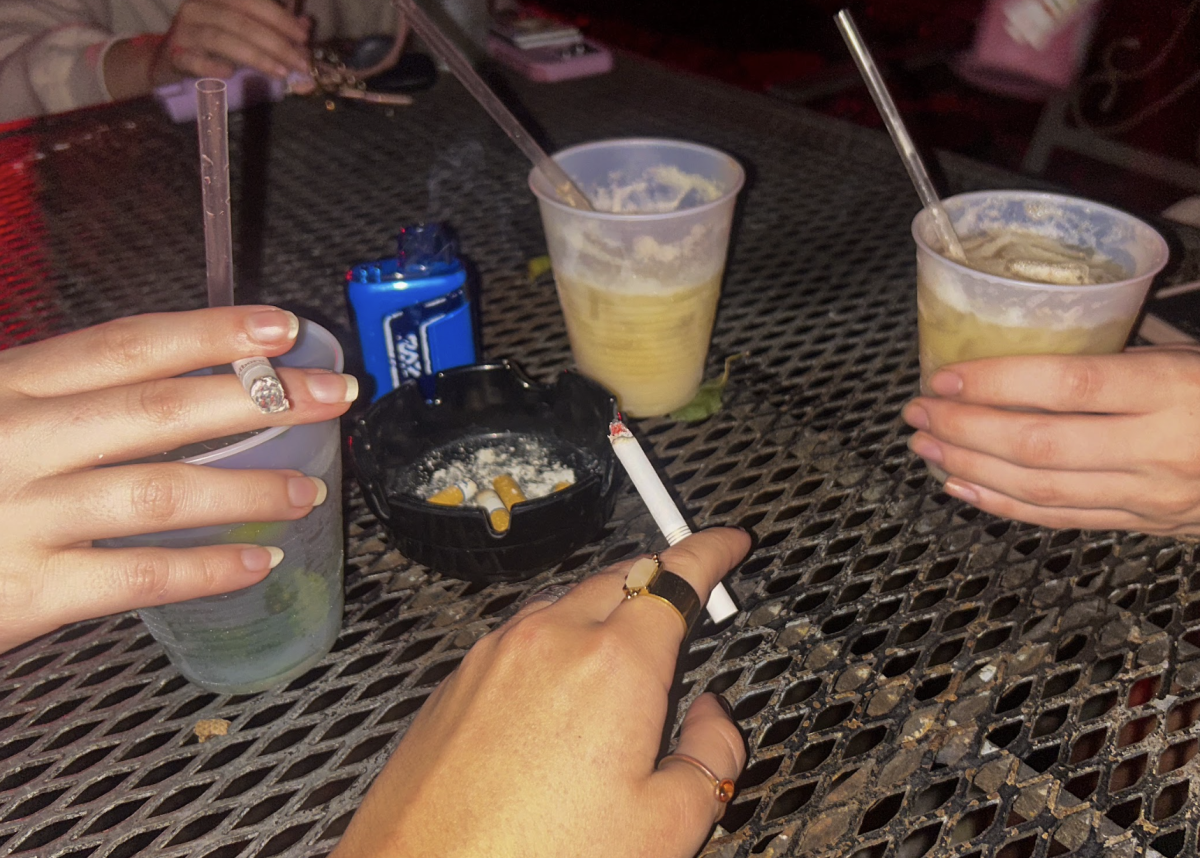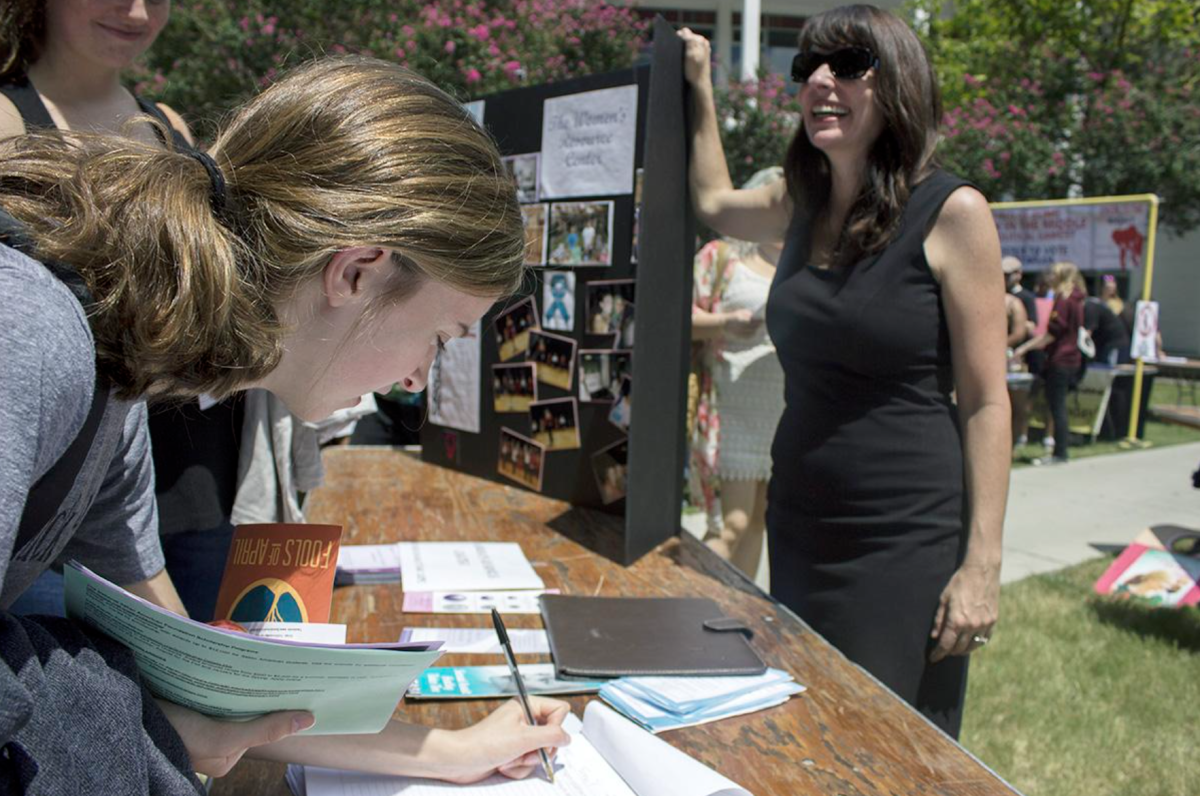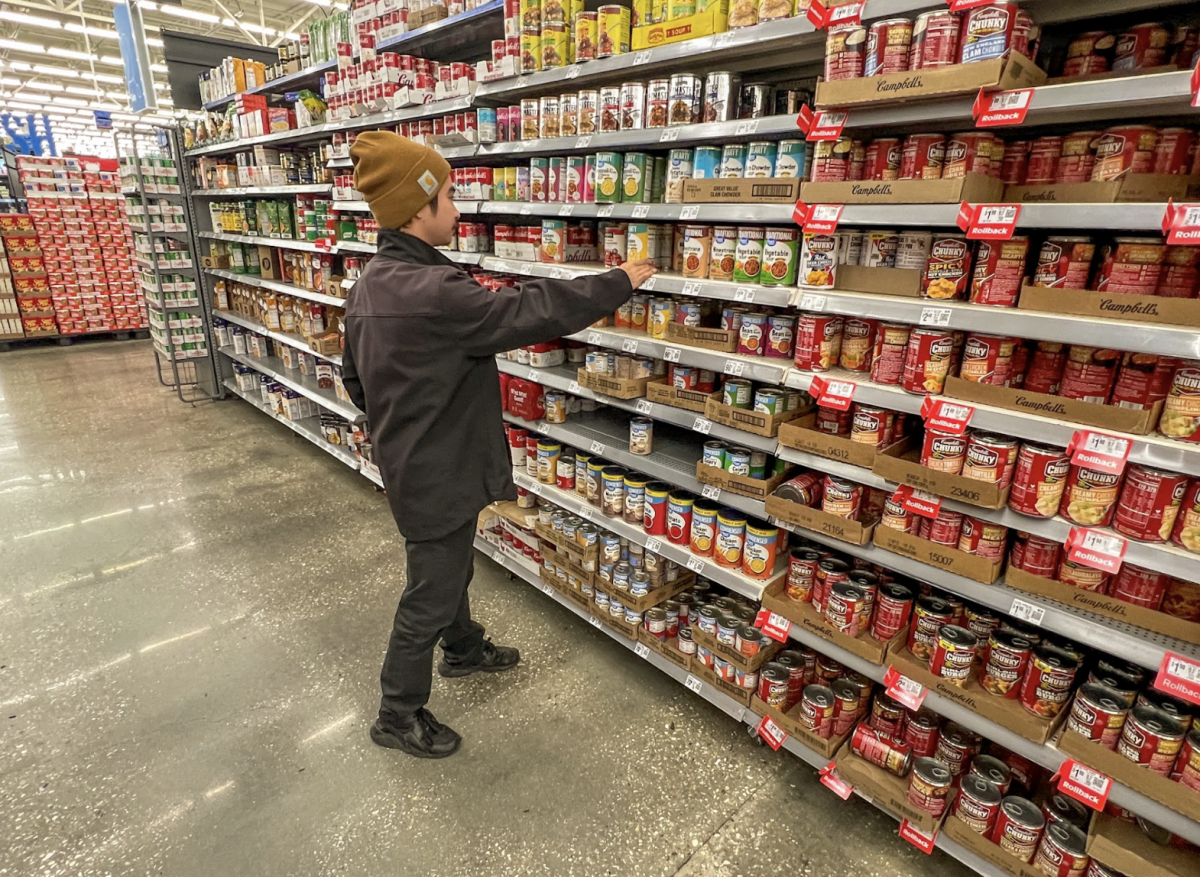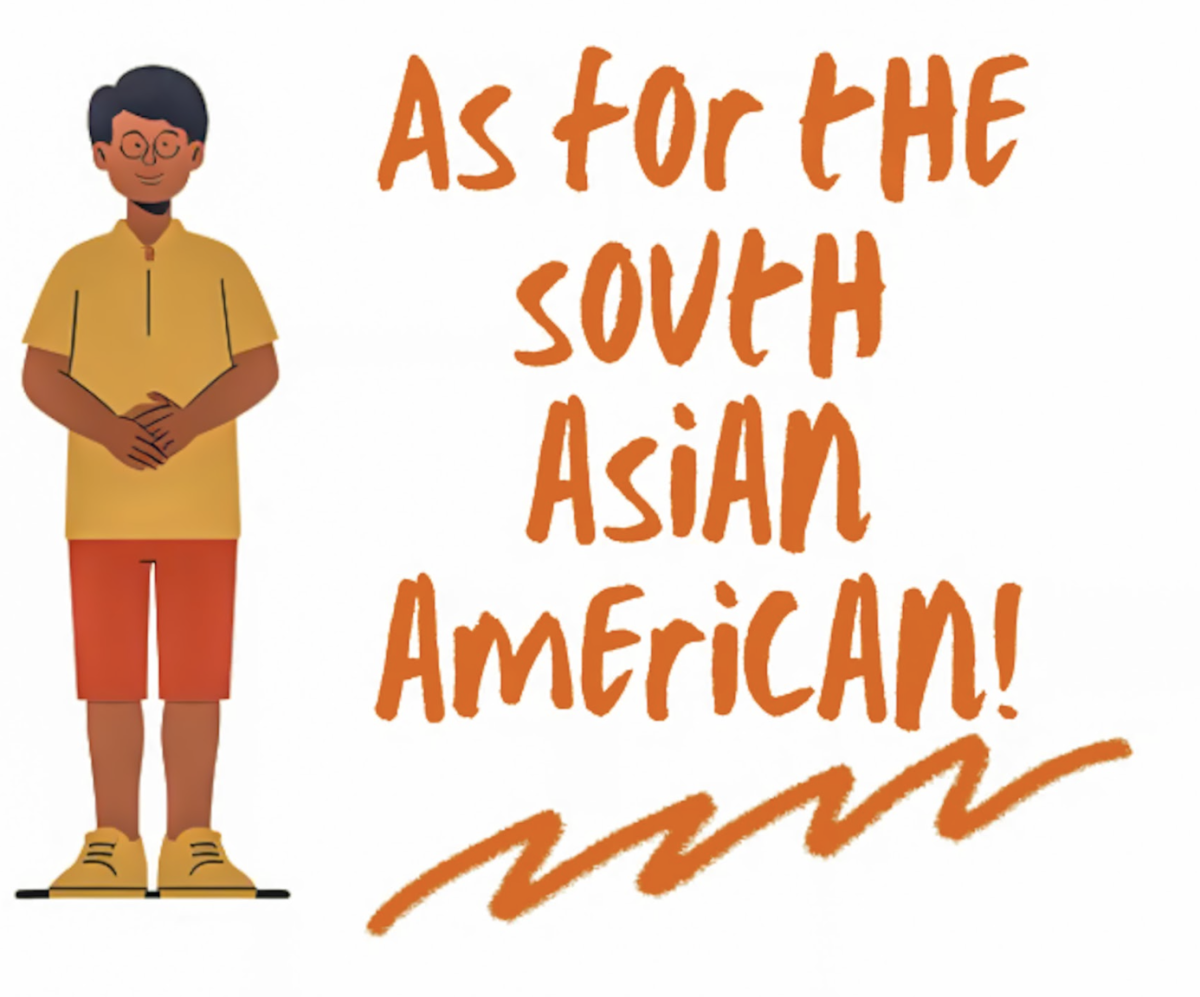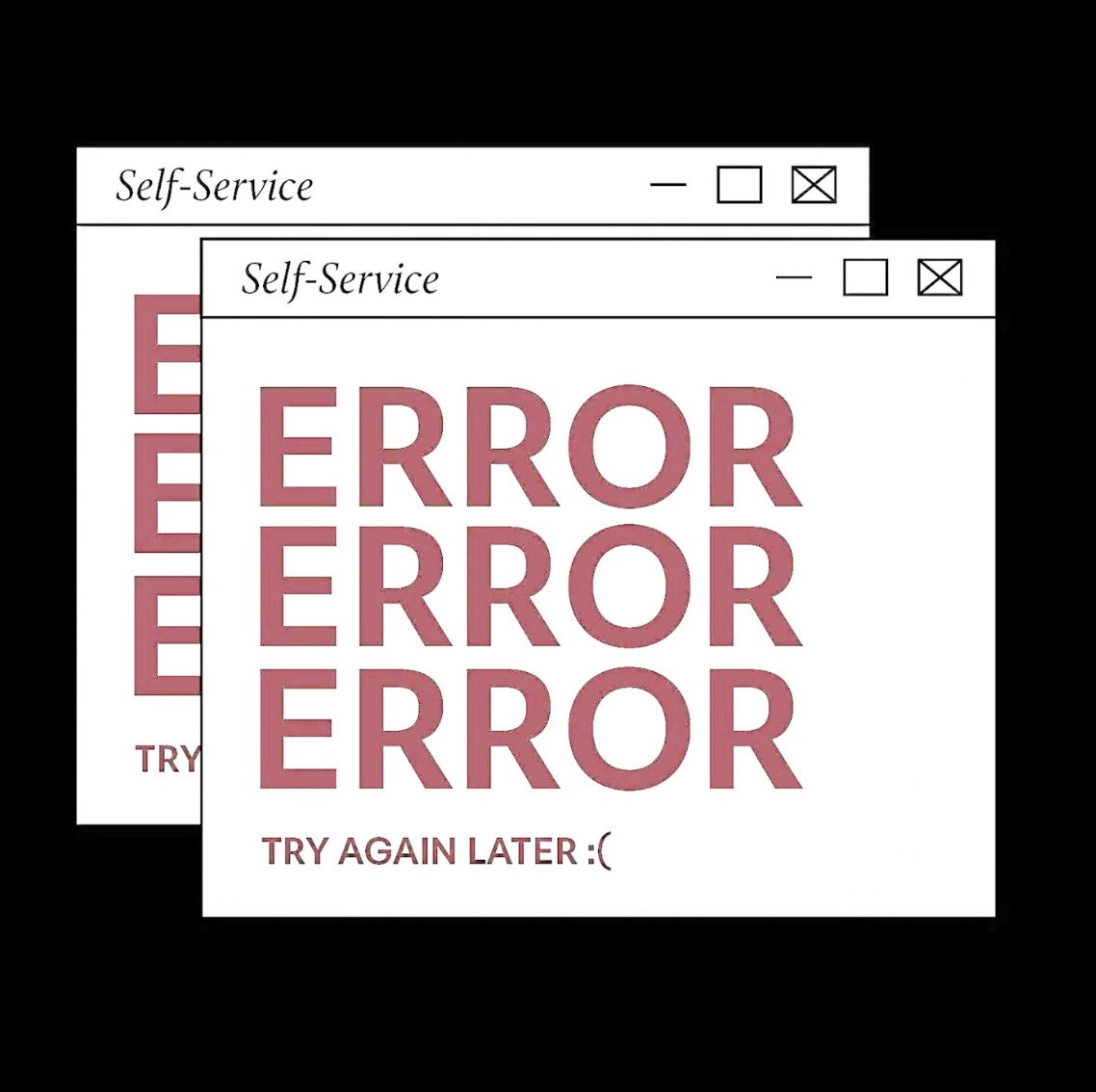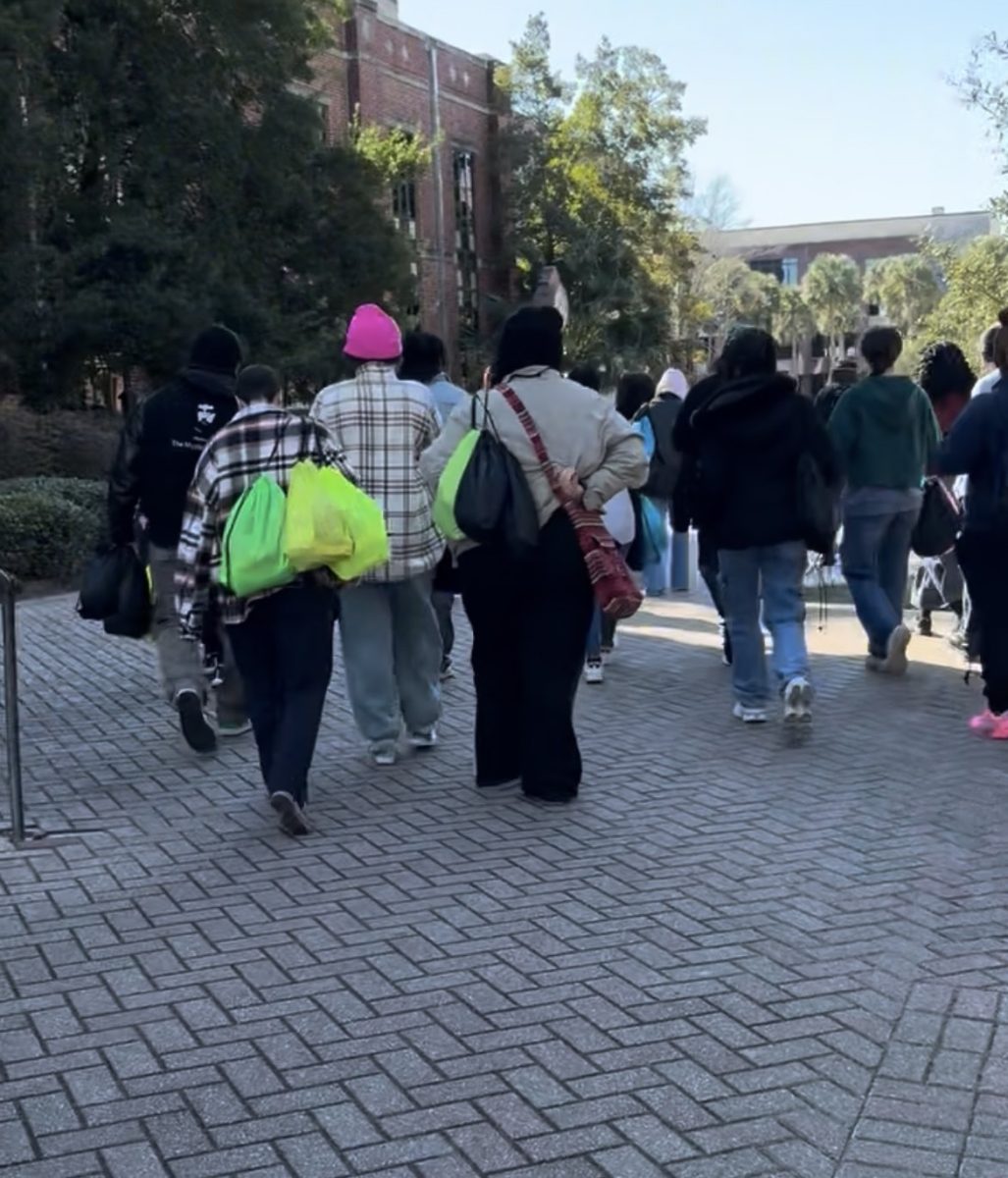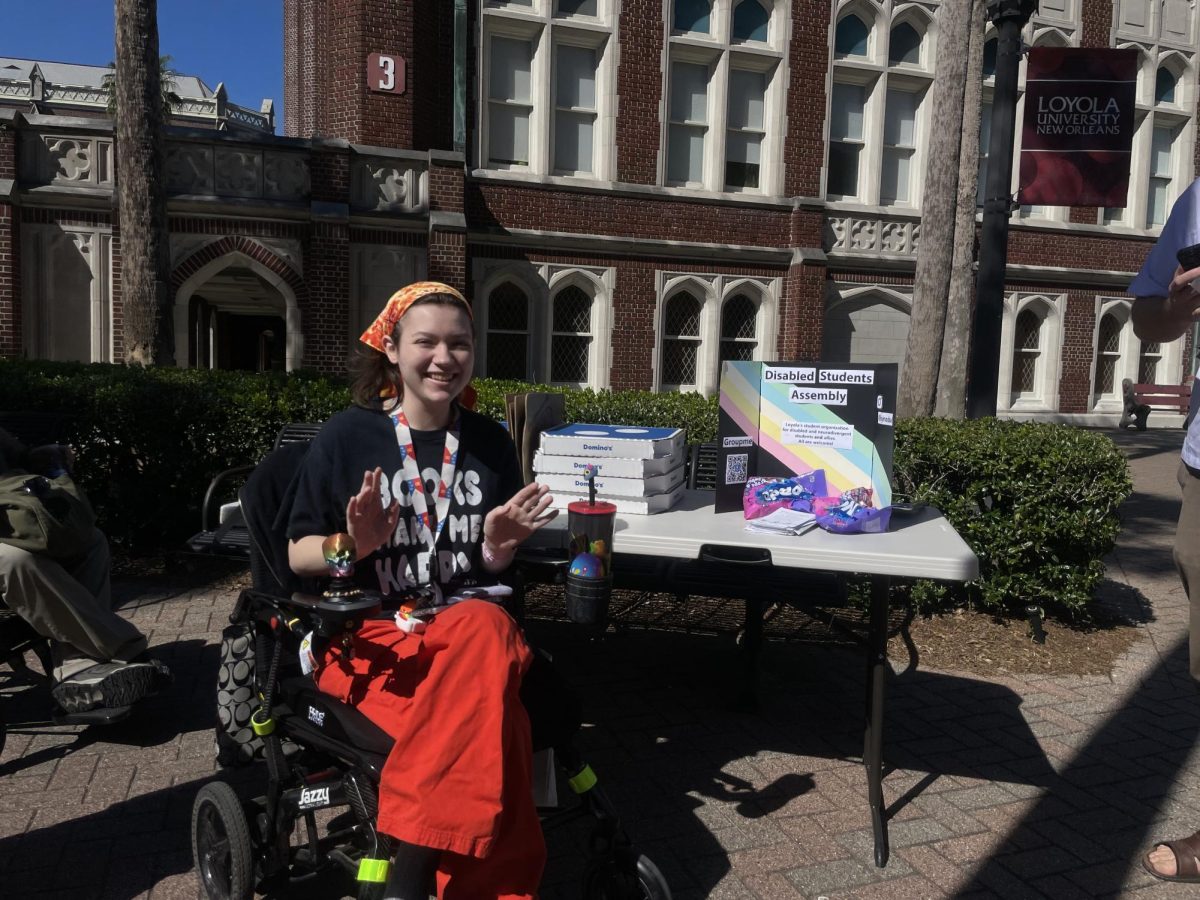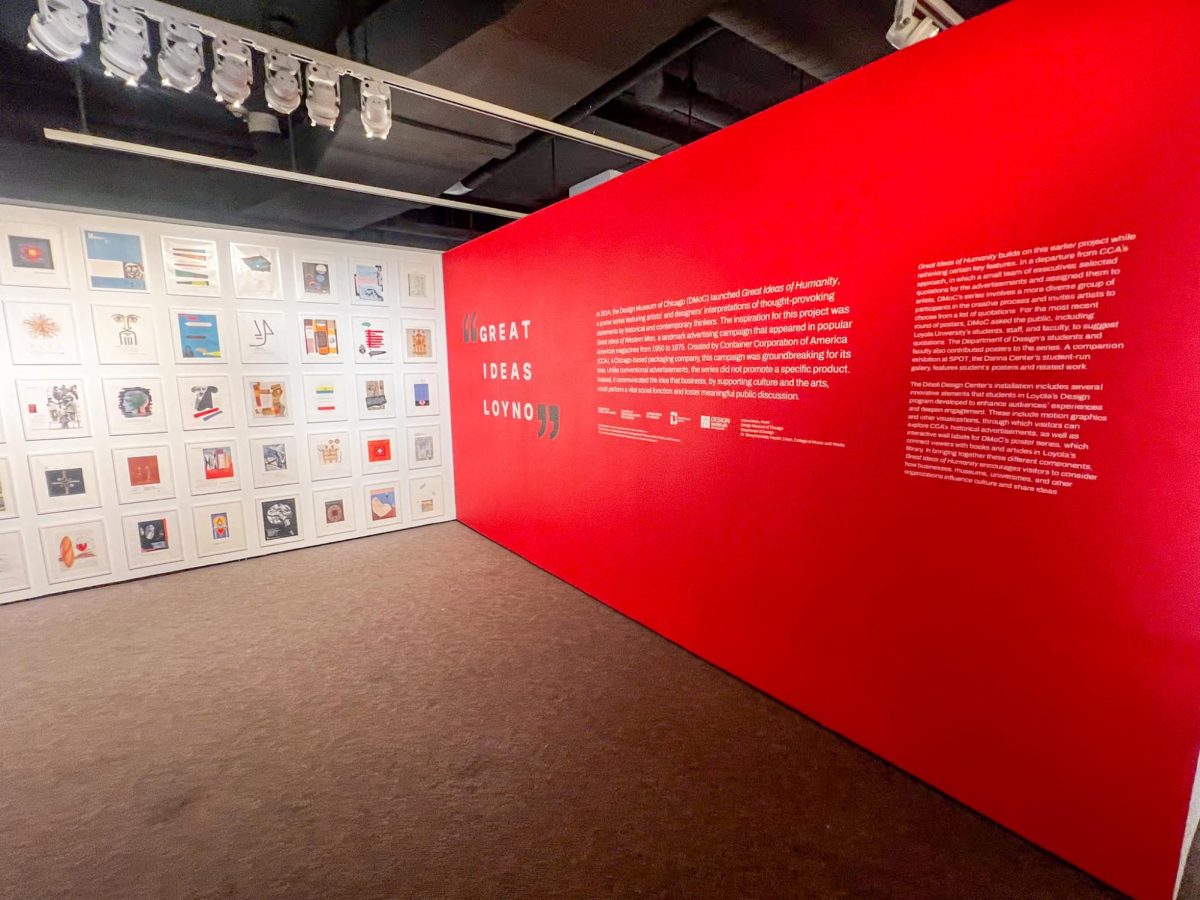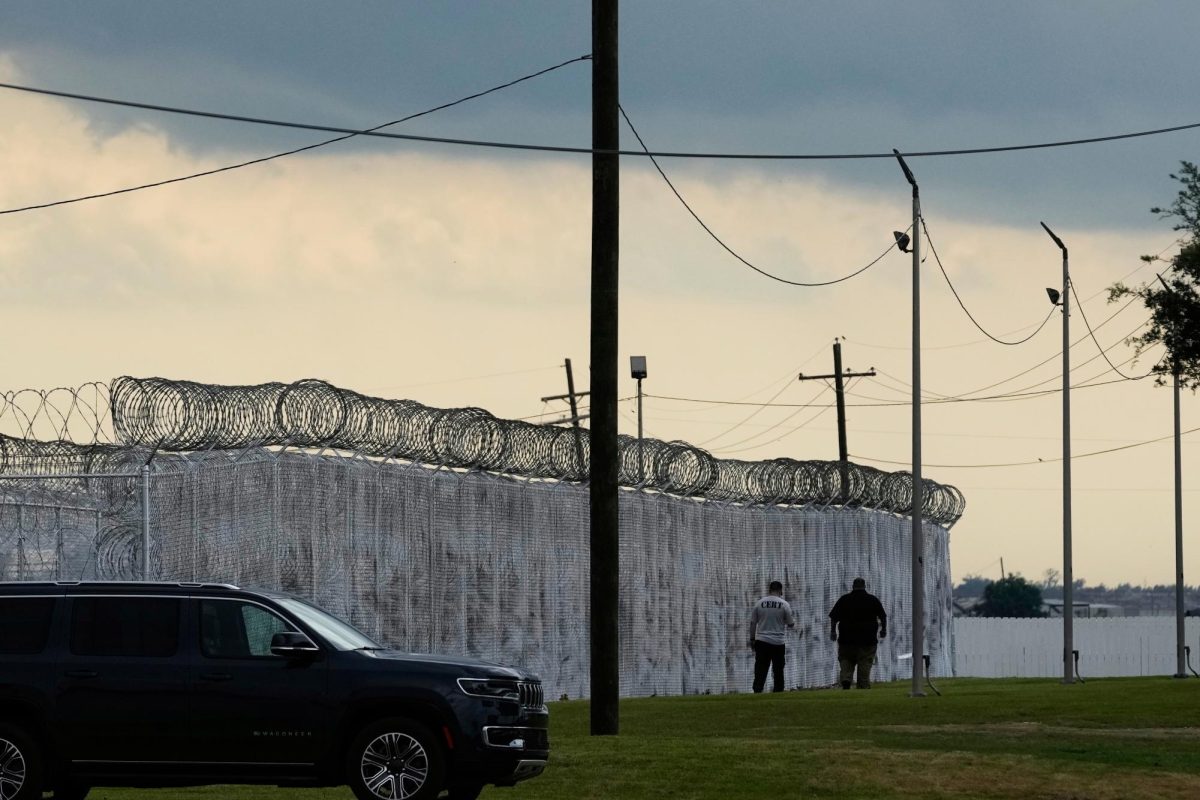In July 2025, Misha Brown shared on TikTok that a teenage boy asked him to buy “Feel Free,” and when he refused, the boy attempted to take his wallet. At the store, the attendant mentioned that customers purchase Feel Free, a herbal drink claiming to offer “relaxation, productivity, and focus,” about six times a day.
The main ingredients in Feel Free are kratom and kava. Kratom is an unregulated supplement marketed as an energy booster and pain reliever, making it unclear how much kratom is consumed by individuals. A class action lawsuit against Botanic Tonics claimed the company failed to warn consumers about kratom’s dangers, resulting in an $8.75 million settlement.
Not only is the mental and physical health of growing teenagers extremely important to take into consideration, but a broader discussion is needed regarding stricter regulations for products they have access to and the education required to prevent drug use among adolescents.
Today, the internet and social media make it easier than ever for teenagers to access harmful substances without realizing the risks. Vape companies face criticism for marketing directly to teens through social media and playful, sweet-flavored products. I have seen a large number of vape devices with playable game functions, bluetooth availability, and even videos of people making phone calls on one.
Nicotine is one of many vices teenagers are using today.
In 2024 the U.S Food and Drug Administration said that 2.25 million middle and high school students reported current tobacco use, down from 2.80 million in 2023. In 2018, I specifically remember the vape company Juul putting a halt to fruity flavors as a result of public health concerns, and increased reports of youth using e-cigarettes. I remember this causing a lot of turmoil amongst teenagers, resulting in them purchasing off-brand pods or refilling them with their own vape juice.
In September 2023, the Advertising Standards Authority banned four vape ads on TikTok amid efforts to reduce vaping ads on social media. The ad ban reflects a larger issue on social media.
Minors have access to vapes and cannabis products sold in “bundles” with items like lip gloss or candy to hide their purchases. I think this specific example is concerning because not only are teenagers putting their trust into strangers, they’re giving random people online their mailing address, ultimately putting their home and family at risk for wanting to “discreetly” purchase nicotine or cannabis products right under their noses.
As someone who has experienced the DARE program in elementary school, I can genuinely say it did not work. In high school, it was “ironic” to wear DARE program shirts, knowing it did not have the intended effect on my generation that it wished. According to the article “’Just say no’ didn’t actually protect students from drugs”, there are few studies that focus
on harm reduction drug education programs in schools, and more research is needed to evaluate their efficacy. With this being said, overdose deaths among teenagers have skyrocketed, largely due to fentanyl. According to the Centers for Disease Control and Prevention, the synthetic opioid was involved in the vast majority of teen overdose deaths in 2021. Adolescent overdose deaths in the United States more than doubled from 2010 to 2021, jumping from 518 to 1,146 deaths annually, according to the study published in JAMA.
In 2021, fentanyl was involved in more than 77% of adolescent overdose deaths. Many of those deaths involved fentanyl-laced counterfeit prescription pills that didn’t come from a pharmacy, and the problem has followed teens onto college campuses.
The bigger discussion that needs to be had amongst parents and school programs is drug education that focuses on harm reduction techniques, designed to keep people safe when they do choose to use, that could help save lives.
Morgan Godvin, a writer and advocate for overdose policy, understands that some families of adolescents may be afraid that honest conversations about safe practices to reduce overdose deaths could open the door for their children to begin using, but she believes the opposite is true.
I believe that advocates like Morgan Godvin are extremely important to bring education and awareness to individuals and families within communities, because who else will? Whether it’s from personal experience or witnessing someone’s life change completely, these uncomfortable conversations need to be had.
Not only regarding fentanyl laced drugs, but the use of nicotine, marijuana, kratom, and counterfeit pills as well to bring more awareness to teenagers about the reality of addiction. There needs to be more restrictions and regulations on what is being distributed and sold to minors, especially online through social media. Teenagers and young adults should be educated not only on harm reduction techniques, but life saving techniques like distributing Narcan to someone having an overdose.
Community engagement events to educate while also bringing awareness are incredibly important to attend, like Bloom Fest. It is an on-campus festival held in memory of Kendall Daigle, a former Loyola student who passed away from an accidental drug overdose from fentanyl. The festival honors Kendall’s passion for artistic expression while fostering a supportive space for mental health awareness, and I highly encourage you to attend the next one.
I feel as though the biggest concern is adolescent safety in general. We should all care about future generations turning out to be better than previous ones, and protecting them from issues we may have been unintentionally exposed to.
Whether it’s tighter restrictions on social media, or educational awareness on safe drug use, there should be more precautions put into place to save lives of teenagers who don’t realize how serious life can be.


